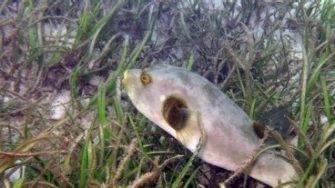
Synopsis
In Lake Macquarie – Australia’s largest coastal saltwater lake - past developments along the foreshore have created water quality problems from eroding sediments as well as trapped and decaying wrack along the strandline. Seawalls, revetments and breakwaters have historically been the standard approach to shoreline stabilisation, but these hard structures can cause significant ecological damage, both at the site of their construction and beyond. Since 1999, the Lake Macquarie Estuary Management Plan has adopted a “soft engineering” approach, utilising cobbles to stabilise and protect coastal lake shorelines, under the presumption that this strategy is ecologically less damaging than building seawalls. However, potential impacts of these type of interventions on the local diversity and functioning are yet to be assessed. Furthermore, effects of management interventions in coastal systems are likely to propagate across habitats due to their interdependence and exchange of resources and organisms. Nevertheless, impacts on adjacent habitats and communities are often overlooked.
Aims
This project will assess how different shoreline management interventions (i.e. cobblers, seawalls and none) influence the fish assemblages on nearby seagrass beds.
Benefit to students
This project will allow the student to develop applicable skills in critical thinking and scientific writing. The student will learn skills in field and laboratory techniques in sampling. This project will be in collaboration with and supported by the NSW Office of Environmental and Heritage and the Lake Macquarie Council, therefore the student will be able to gain experience that is relevant to careers within and outside academia.
Supervisor: Dr Mariana Mayer-Pinto
Get involved
To learn more about this project, contact Dr Mariana Mayer Pinto.
